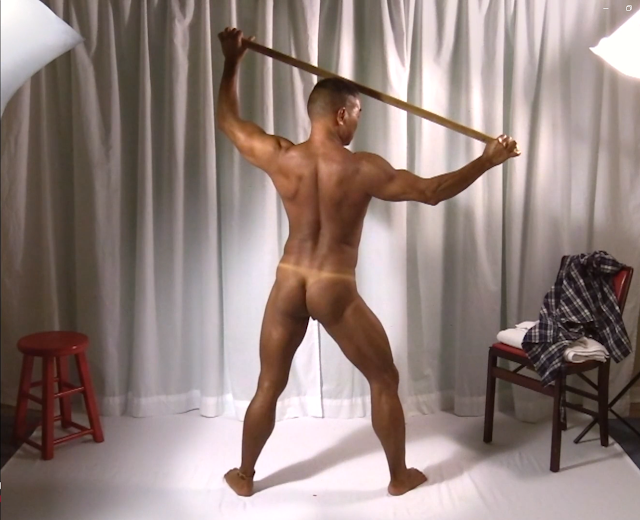The Expressive Figure Assignment
Concept: Inguinal ligament/ Curiasse Esthetique
Materials:
Materials
- Vine or Willow Jumbo Charcoal ( Generals, Coates, etc.),
- Compressed Charcoal ( Sooty Black)
- Dry Media Sources: Hard Pastel sticks (NuPastel, Creatacolor, etc.) Conte Crayon, Stabilo Pastel Pencils or equivalent, Soft Pastels (Neutral colors) for toned paper fabrication
- Canson Mi Tientes toned paper or Strathmore toned 90 lb drawing paper 12" x 19" or similar Ledger or any similar 60 to 90 lb paper
- Faber-Castell Kneaded Eraser or Chamois cloth
Any Media that is appropriate to your creative impulse!
Suggested Methodology to Begin the Drawing:
Starting with charcoal, use a collection of sweeping inverse radial arcs to describe the action /gesture of the figure. Visualize these arcs as defining the "envelope" of the figure, ie. within the overlapping arcs is the area that the figure occupies, and outside of these arcs is the "flux" or everything that's background or negative space.
Then within the interior space defined by these arcs/envelope, quickly and lightly sketch a gestural mannikin of the pose beginning at the pelvis. This mannikin is geometrically analogous to a "doll" with a peanut-shaped volume approximating the torso, cylinders for limbs and neck, and an ovoid for the skull. Orient the mannikin in space by drawing a "medial line" through the center of the front and back of the torso as well as the center and back of the neck and skull.
Assignment: Continue our exploration of the foreshortening of the human figure through the visualization of structural analysis as well as volumetric primitives. Consider the human figure as a manniken comprised of simple primitive volumes such as cylinders, ovoids, and the peanut-shaped volume that is congruent with the torso. As these volumes orient themselves in space, their direction- receding away or advancing toward is considered their "aspect". This aspect can be considered equivalent to a planar perspective grid that orients with the sagittal and coronal planes that divide the volume into four quadrants. Where the sagittal plane bisects the center of the body, dividing it into two symmetrically mirrored halves, is known as the "Medial Line".
These volumetric primitives can be described using concentric rings that revolve the volumes around their central axis. These concentric rings become closer together as they recede into space much as the horizontals on a perspective grid recede into space toward the horizon. The challenge is to revolve these rings so that they accurately match the aspect upon which these volumes align themselves.
Using a forgiving media such as charcoal or similar, revolve these rings as if the volumes are transparent so that the concentric reflect most accurately their aspects and each other. They are in fact approximations of cross-sections and are euphemistically known as cross-contours. Using the "ghosting technique", these cross-contoured primitives can then be lightly dusted off revealing their "ghost" or pentimenti, and can then serve as a guide or template for the final drawing.
Macchia
The word macchia was commonly used by Italian artists and critics in the nineteenth century to describe the sparkling quality of a drawing or painting, whether due to a sketchy and spontaneous execution or to the harmonious breadth of its overall effect.
Cuirasse esthétique
The sculptural replicating of the human body in the muscle cuirass may be inspired by the concept of heroic nudity, and the development of the muscle cuirass has been linked to the idealized portraiture of the male body in Greek art.[10] Kenneth Clark attributes the development of an idealized standard musculature, varied from the facts of nature, to Polykleitos:
Polykleitos set himself to perfect the internal structure of the torso. He recognized that it allowed for the creation of a sculptural unit in which the position of humps and hollows evokes some memory and yet can be made harmonious by variation and emphasis. There is the beginning of such a system in the torso from Miletos and that of the Kritios youth; but Polykleitos' control of muscle architecture was evidently far more rigorous, and from him derives that standard schematization of the torso known in French as the cuirasse esthétique, a disposition of muscles so formalized that it was in fact used in the design of armor and became for the heroic body like the masks of the antique stage. The cuirasse esthétique, which so greatly delighted the artists of the Renaissance, is one of the features of antique art that have done most to alienate modern taste.... But... we can see from certain replicas that this was originally a construction of great power. Such is the copy of the Doryphoros in the Uffizi.



















No comments:
Post a Comment